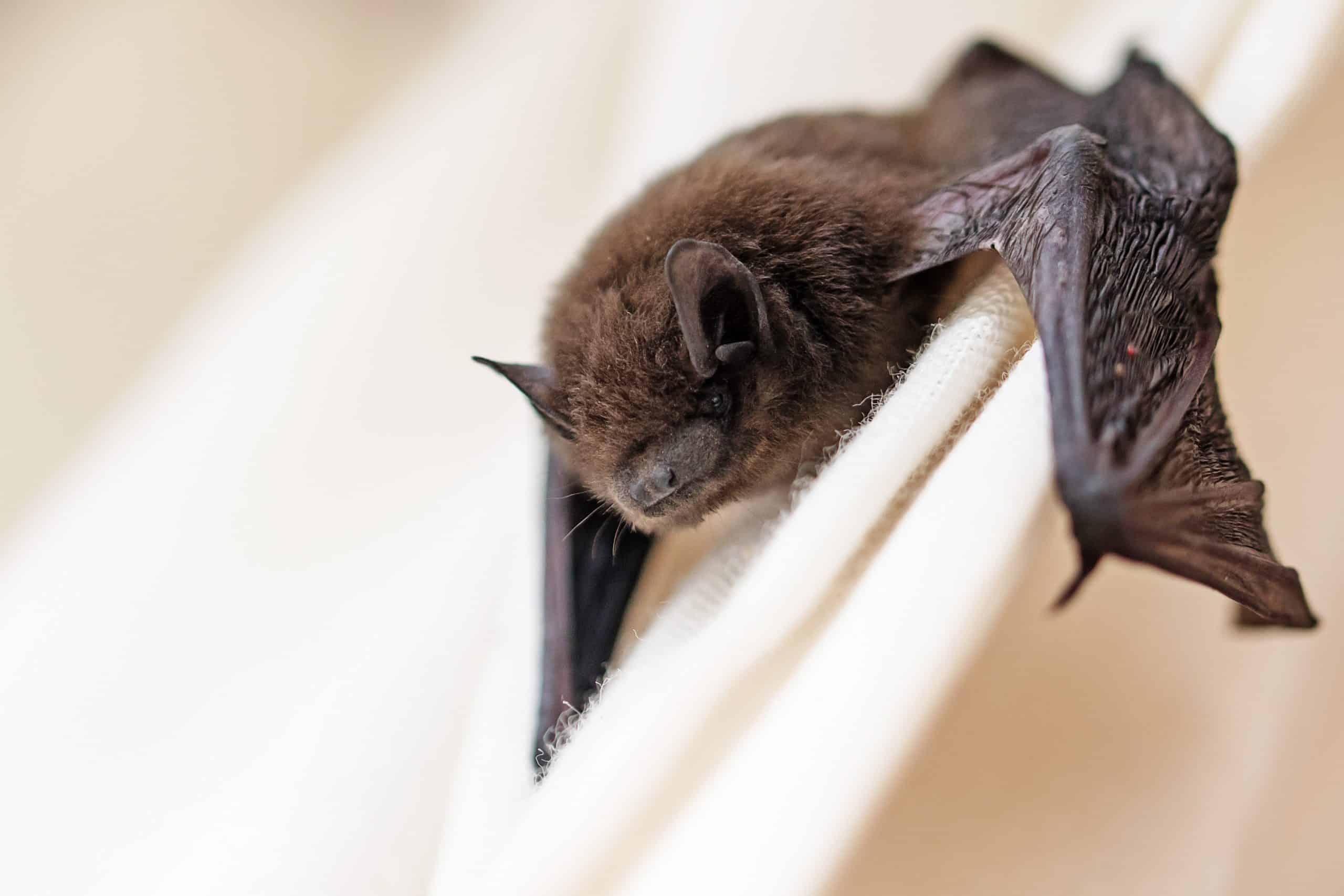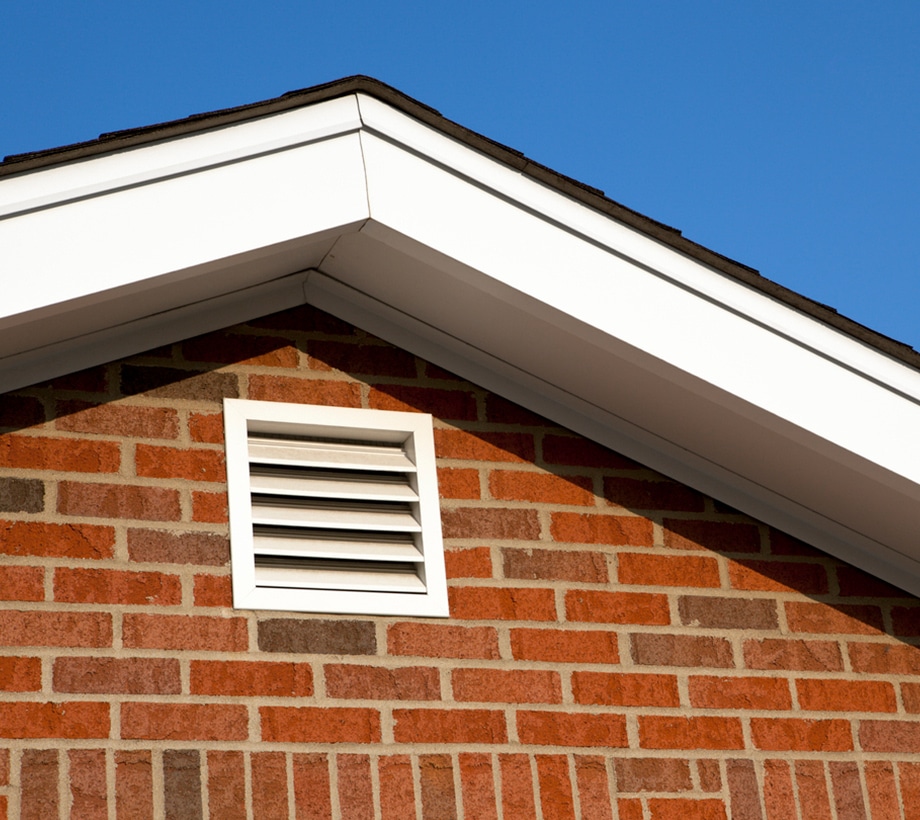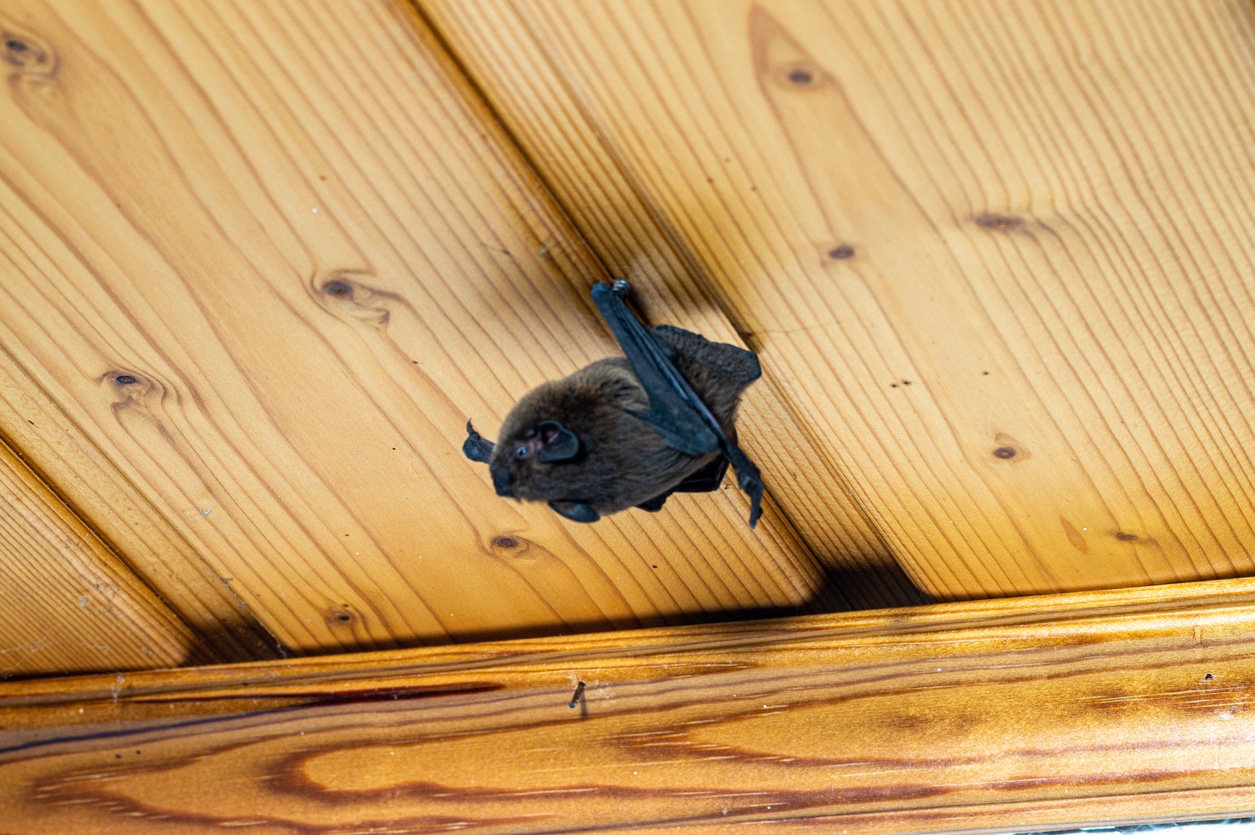
Best Humane Bat Removal Company in Grass Lake, MI
Keeping Bats Out of Grass Lake’s Attics, Barns & Crawlspaces
Grass Lake’s quiet waterfront and wooded lots make it a beautiful place to live, but the same natural setting that attracts residents also attracts bats. Homes near the water or tucked against tree lines often develop hidden entry points that bats use to access attics and crawlspaces.
Big brown bats, one of Michigan’s most common species, often settle in attics, barns, and wall cavities, forming noisy clusters. Many homeowners don’t realize they’ve moved in until guano collects near a vent or wings flutter at dusk over the lake.
At Creature Control, we offer humane, discreet bat removal designed for Grass Lake’s unique mix of lakefront properties, rural homes, and historic buildings. Our licensed technicians carefully locate every entry point, install one-way exclusion systems, and provide full cleanup services.
If bats have made their way into your Grass Lake property, call us today. We’ll make sure they’re gone for good without harming them and without them coming back.

Recognizing Signs of a Bat Infestation in Grass Lake Homes
Bat infestations often begin unnoticed. These nocturnal animals prefer dark, undisturbed areas such as attics, soffits, and roof vents—spaces with little daytime activity. Because their movements are subtle, many homeowners don’t realize bats have moved in until droppings accumulate, odors spread, or nighttime noises grow too obvious to ignore.
Left untreated, bat activity can damage insulation, stain wood and siding, and invite other pests into your home. Common warning signs to watch for include:
- Bat Droppings (Guano): Small, dark pellets near attic floors, vents, or siding.
- Dead Bats: Occasionally found in walls, roof cavities, or around entry points.
- Fluttering Noises: Scratching or light flapping sounds from walls or the attic after sundown.
- Persistent Odors: Strong ammonia-like smells caused by waste and urine buildup.
- Secondary Pests: Flies, beetles, and other insects attracted to droppings and moisture.
- Stained Entry Points: Dark, greasy marks around rooflines, vents, or cracks used for access.
- Evening Bat Sightings: Bats circling your roof or exiting just after dusk during warmer months.
If you’ve noticed one or more of these signs, don’t wait. Contact local pest control experts in Grass Lake to address the infestation quickly and prevent costly, long-term damage to your home.
Bat Species Commonly Found in Grass Lake Homes
The mix of mature trees, farmland, and older homes in Grass Lake creates an ideal setting for bat activity. Even the most minor gaps along rooflines, soffits, or vents can allow bats to enter. Once inside, they often settle in attics, wall voids, or barns, forming colonies that may remain unnoticed for weeks or months.
Identifying the species involved is important for safe, legal, and effective removal. In Grass Lake, the most frequently encountered bats include:
- Big Brown Bats: Common attic residents that often remain active well into colder Michigan months
- Little Brown Bats: Known for forming large colonies, frequently nesting in insulation or wall spaces
- Northern Long-Eared Bats: Smaller, quieter species that sometimes roost in homes near wooded areas
- Evening Bats: Summer visitors that occasionally use attics or sheds as roosting spots
Each of these species can cause property damage, produce strong odors, and pose potential health risks.
Why Grass Lake Homes Attract Bats
- Proximity to lakes, wetlands, and streams provides abundant insect food
- Mature trees and woodlots offer a natural habitat near neighborhoods
- Older architecture and barns often have entry gaps ideal for roosting

How Our Grass Lake Bat Removal Services Work, Step by Step
Why You Want to Get Rid of Bats
Delaying bat removal in your home only gives the colony more time to grow. In Grass Lake, where older farmhouses, lakefront cottages, and wooded properties are typical, bats often find easy entry points into attics and barns.
As their numbers increase, so does the buildup of guano and urine. This waste creates strong odors and damages insulation, but in Michigan’s damp climate, it can also foster mold and release airborne spores linked to respiratory issues such as histoplasmosis. The mess also attracts insects, adding another layer of risk to your property.
Acting quickly helps you avoid expensive repairs and keeps the problem from spreading. Professional removal protects your attic, roof framing, and indoor air quality while preventing long-term damage. If you’ve noticed scratching sounds at night or spotted droppings near the roofline of your Grass Lake home or cabin, it’s time to bring in a local wildlife control specialist.
Grass Lake Bat Control FAQs
Yes, bats can cause significant structural problems when they roost inside your property. While the animals themselves don’t chew wood or wires like some pests, the real bat damage comes from the waste left behind by large bat colonies. Guano and urine can accumulate in the attic or walls, soaking insulation, staining drywall, and creating strong odors that may drift into the living space. Over time, this buildup can weaken materials and even encourage mold growth.
Because bats are nocturnal, homeowners often first notice scratching or squeaking noises at night as bats fly in and out of potential entry points. Once bats enter and establish roosting sites in wall voids or attics, the infestation rarely goes away. That’s why working with a licensed pest control company or professional wildlife removal service is essential. Experts in bat control can safely remove the bat population, seal entry gaps, and restore damaged areas to prevent future issues.
Even though bats are a protected species in many parts of the United States, homeowners must address infestations quickly to avoid further property damage and health risks such as bat bites or airborne pathogens. Effective exclusion by trained professionals keeps your home protected without harming the animals.
Most bat removal projects in Grass Lake take a few days to a week. The timeline depends on the size of the colony and how many entry points need sealing. Professionals typically inspect the home, install one-way devices to let bats out, and then return to seal gaps and clean affected areas.
Larger infestations may take longer, but the process is designed to be thorough, humane, and effective.
Yes. Sealing your attic after bats have been removed is the best way to keep them from returning. Bats can enter through very small gaps, so every potential opening needs to be closed.
Key points:
- Sealing prevents re-entry once bats are excluded.
- Professional services identify and block even tiny cracks or holes.
- A full inspection and cleanup should be done before sealing.
- Long-term protection depends on addressing all entry points.
Why this matters: Without sealing, bats can easily find their way back in. Proper exclusion and sealing give you a lasting solution instead of a temporary fix.
Homeowners insurance generally does not cover bat removal services in Grass Lake. Most insurers classify bats as pests or wildlife; their removal is considered a homeowner’s responsibility rather than an insurable event. Because of this, the cost of hiring a professional to remove bats from your home usually comes out of your pocket.
However, insurance may sometimes cover damage caused by bats if it results from a sudden, accidental event and isn’t excluded under your policy. For example, if bats enter through storm damage to your roof, the repair of that roof section may be covered, but the actual removal of the bats would not.
Always review your policy details and ask your insurer how they classify bats and whether related damage might be covered.
If you find a bat inside, stay calm and avoid direct contact. The safest approach is to confine the bat to one room, open a window or door, and allow it to leave on its own.
Steps to take:
- Close interior doors to contain the bat in one room.
- Open windows or exterior doors so it has an exit.
- Avoid touching the bat, as they can carry rabies.
- Contact a professional wildlife removal service if it doesn’t leave or you’re unsure about safety.
Why this matters: Handling a bat incorrectly can put you at risk of bites or disease. Taking the right steps protects both your family and the bat.
Contact Grass Lake’s Trusted Bat Removal Company
Bats in your attic can pose health risks, damage property, and compromise the safety of your home. At Creature Control, we use proven, humane bat exclusion methods to remove infestations and prevent them from returning. Our team carefully inspects, seals, and sanitizes every affected area, giving you long-term protection and peace of mind.
Call Creature Control today for safe, professional bat removal services in Grass Lake.